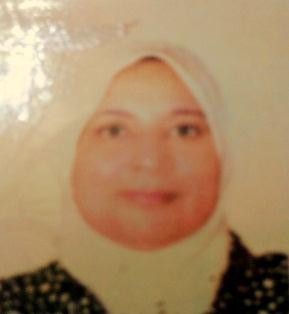Background
:
Iron
overload in association with persistent anemia is
respons
i-
ble for endocrine dysfunction in
β
-thalassemia patients, blood transfusion
com
-
bined with iron
-
chelation can modify life quality in these children, but they
tend to suffer from delayed maturity and endocrine dysfunction.
Aim:
This
study aims to correlate degree of hypogonadism to ferritin load in regular
transfused
β
-thalassemia patients
.
Methods
:
It
was carried out on 30
β
-tha
-
lassemia major (TM) patients aged 12 to 18 years, puberty was assessed clin
i-
cally, blood picture on Cell-
Dyne 2700, ferritin level and pattern of FSH, LH,
testosterone and estradiol before and after gonadotropin (GnRH) analogue
stimulation test, they were determined on ARCHITECT ABBOTT system
.
Re
-
sults
:
Twenty
patients had not yet achieved puberty, FSH level
was 1.45
±
1.88
mIU/ml before (GnRH) analogue and 3.78
± 4.19 mIU/ml after 4 hours of i
n-
jection
. LH level was 1.91
±
4.79 mIU/ml before
(
GnRH) test, while after 4
hours it was 6.52
±
7.50 mIU/ml, 88.24% of males had low serum testosterone
level, 84.6% of girls had low serum estradiol level, FSH, LH, estradiol, testo
s-
terone before and after GNRH analogue were statistically insignificant, mean
ferritin level was 3344.32
±
1142.142 ng/ml, with insignificant correlation to
HHormonal pattern before and after GTR
H therapy ,
conclusion
:
Iron
overload
and hypogonadism are the presenting data in this study, insignificant correl
a-
tion between ferritin level and hormonal reserve pattern, there may be ano
-
ther etiology in pathophysiology of low gonadal reserve such as severe an
e-
mia, chronic disease and may be genetic predisposition underlying suscept
i-
bility to iron toxicity, which need further investigations.

